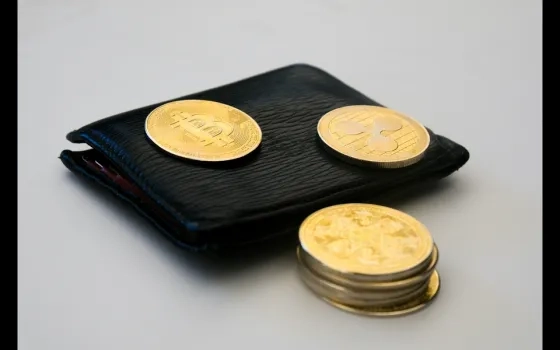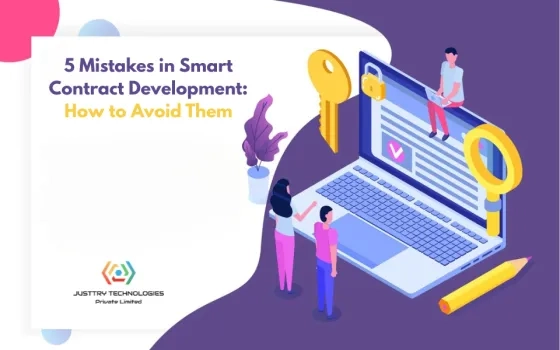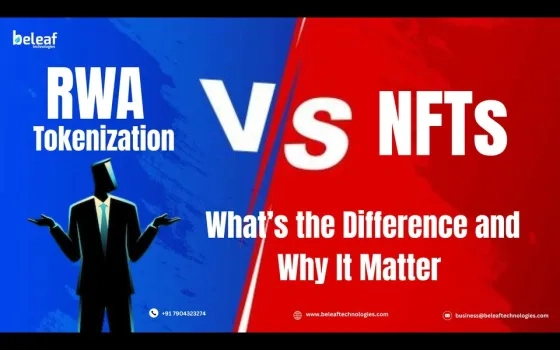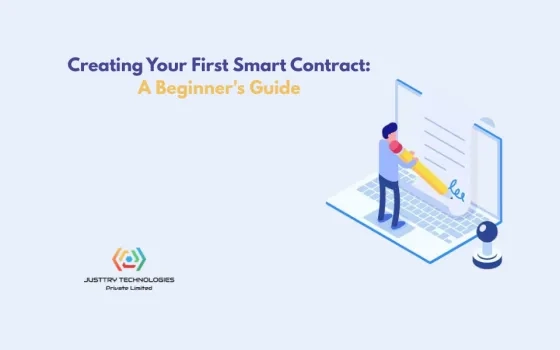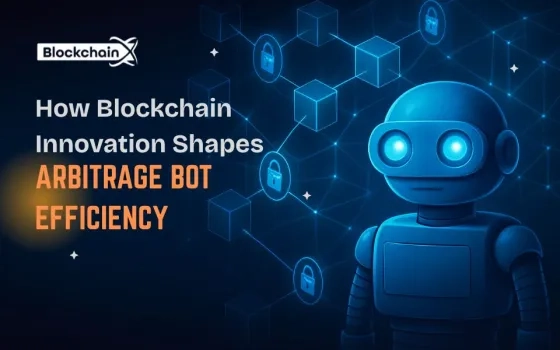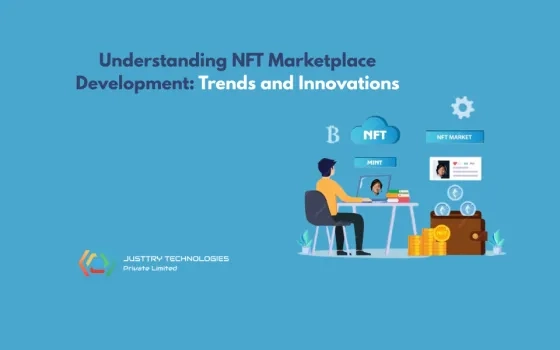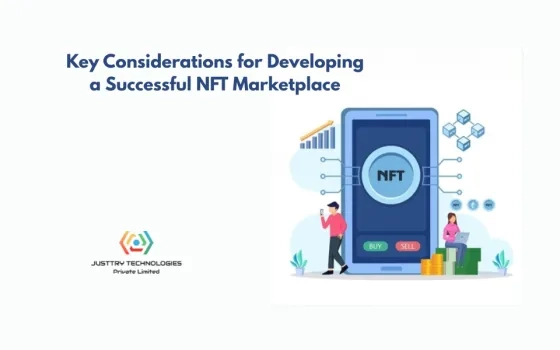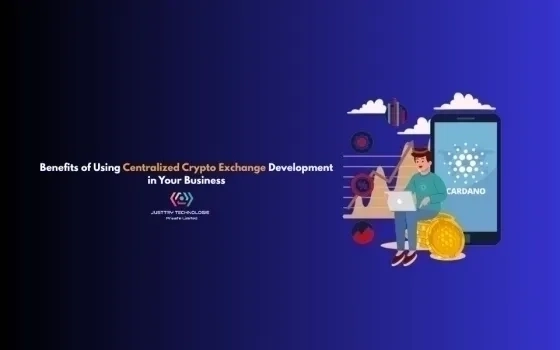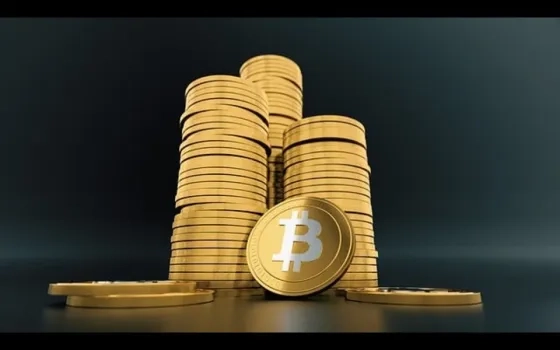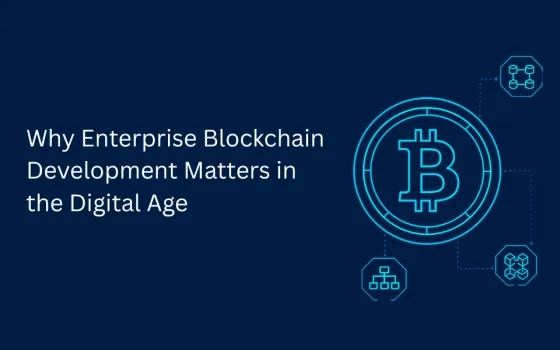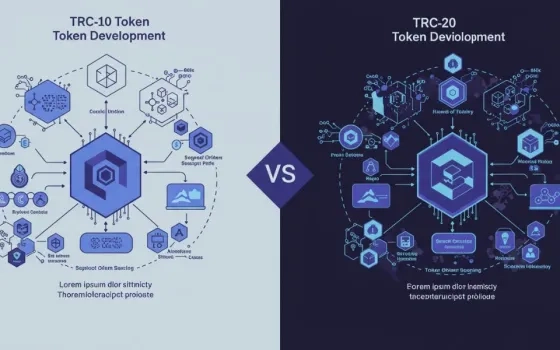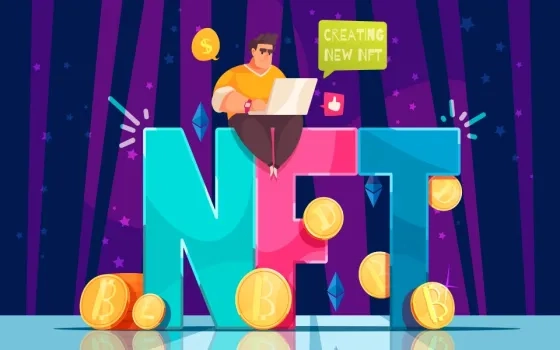In the ever-evolving world of blockchain and decentralized finance (DeFi), the integration of artificial intelligence (AI) has ushered in a new era of innovation — DeFAI tokens. As we progress through 2025, DeFAI tokens are becoming pivotal to the transformation of decentralized ecosystems, offering smarter, more adaptive, and highly efficient financial products. This comprehensive guide will walk you through everything you need to know about developing a successful DeFAI token, from conceptualization and design to deployment and marketing.
Understanding DeFAI Tokens: The Fusion of AI and DeFi
DeFAI tokens represent the next generation of crypto tokens that leverage AI technologies to improve traditional DeFi functionalities. Unlike standard DeFi tokens that simply act as assets or governance tools, DeFAI tokens incorporate machine learning algorithms, autonomous decision-making, and predictive analytics. This synergy enables more intelligent liquidity management, dynamic yield optimization, fraud detection, and personalized financial products.
This intelligent layer creates immense potential for projects to not only automate complex financial operations but also deliver adaptive user experiences that evolve based on real-time market data and user behavior.
The Importance of DeFAI Token Development in 2025
As the blockchain ecosystem matures, users demand higher efficiency, transparency, and usability. DeFAI tokens are positioned to meet these demands by providing:
-
Automation & Efficiency: AI algorithms can automate complex DeFi tasks such as liquidity provisioning, yield farming, and risk assessment, reducing human error and operational costs.
-
Enhanced Security: AI-powered anomaly detection can proactively identify suspicious transactions and vulnerabilities, enhancing trust and safety.
-
Personalization: DeFAI tokens can tailor financial products dynamically to suit individual user risk profiles and investment preferences.
-
Scalability: Intelligent token mechanisms allow projects to scale operations without compromising performance or security.
Key Considerations Before Developing a DeFAI Token
Define Clear Use Cases and Objectives
Before development, clearly define your DeFAI token’s purpose. Whether it’s governance, utility, rewards, or investment, knowing the primary function directs design choices. For instance, is your token powering an AI-driven lending protocol or offering dynamic staking rewards based on AI-analyzed market data? A clear objective helps streamline tokenomics, smart contract development, and marketing efforts, ensuring the token’s utility aligns with your project’s vision and user needs.
Regulatory Compliance and Legal Framework
DeFAI tokens face a complex, evolving regulatory environment due to their AI and financial components. Early engagement with legal experts is essential to navigate KYC/AML requirements, securities laws, and data privacy regulations in your target jurisdictions. Ensuring compliance from the start reduces legal risks and enhances investor trust. Staying ahead of regulatory changes is key to maintaining your token’s legitimacy and long-term viability in a competitive market.
Technical Feasibility and AI Integration Strategy
Assess your technical resources before integrating AI into your DeFAI token. AI features can vary from simple oracle data feeds to complex on-chain machine learning. Choose an AI architecture aligned with your team’s expertise and project needs. Balancing sophistication with feasibility ensures your token’s AI functions are reliable and scalable. Proper planning avoids costly development roadblocks and maximizes the token’s value proposition within your ecosystem.
Step-by-Step DeFAI Token Development Process
1. Ideation and Conceptual Design
Begin by defining your DeFAI token’s unique value proposition. Analyze existing DeFi and AI projects to uncover gaps or opportunities for innovation. Clarify your token’s utility, AI functionalities, data sources, target audience, and key differentiators. Involve a cross-functional team—including developers, data scientists, and potential users—to validate the concept. This collaborative approach ensures your token addresses real needs and positions you competitively in the evolving DeFAI landscape.
2. Tokenomics Design
Design tokenomics that promote user engagement and sustainable growth. Decide total supply, distribution methods, and whether inflation or deflation applies. Plan reward systems like staking, liquidity mining, or governance participation to incentivize activity. Define utility features driving demand, such as exclusive AI-powered tools. Incorporate governance rights and voting frameworks. For DeFAI tokens, consider advanced mechanisms like AI-driven supply adjustments or algorithmic fees to create dynamic, adaptable economic models.
3. AI Model Development and Training
Develop robust AI models powering your token’s core features. Start by gathering diverse, high-quality datasets such as market trends, user interactions, and financial indicators. Choose suitable algorithms—supervised learning, reinforcement learning, or NLP—based on your objectives. Train and validate models against historical data, ensuring accuracy and fairness. Test for bias and reliability. Design models to operate efficiently within decentralized environments or interact seamlessly with blockchain oracles to maintain real-time, trustless functionality.
4. Smart Contract Development
Build secure and efficient smart contracts that govern your DeFAI token. Implement standards like ERC-20 or BEP-20, or design custom protocols if needed. Integrate AI data through oracles or off-chain feeds. Include functions for minting, burning, transferring, and staking tokens. Prioritize security by preventing vulnerabilities such as reentrancy attacks or overflow bugs. Follow best practices like modular design and upgradeability to allow future enhancements while maintaining code clarity and safety.
5. Security Audits and Testing
Ensure your DeFAI token is secure through rigorous testing and audits. Perform unit tests on individual contract functions and integration tests combining AI components with blockchain layers. Engage reputable third-party audit firms specializing in DeFi and AI smart contracts to identify vulnerabilities. Launch bug bounty programs to encourage community discovery of weaknesses. Thoroughly address all security issues before deploying on mainnet to protect investor assets and maintain project credibility.
6. Deployment and Launch
Deploy your smart contracts on a suitable blockchain network such as Ethereum, Binance Smart Chain, or Solana that supports AI integration. Optimize for gas fees and network efficiency. Focus on smooth user onboarding and liquidity provisioning on decentralized exchanges to facilitate trading. Plan initial distribution via IDO, ICO, or airdrop campaigns to build community momentum. A well-executed launch is critical to gaining trust, attracting users, and ensuring your token’s market success.
7. Post-Launch Governance and Upgrades
After launch, maintain decentralized governance where token holders vote on protocol changes and AI model updates. Define transparent governance procedures and voting mechanisms to empower the community. Establish clear communication channels for feedback and decision-making. Continuously monitor token metrics and community sentiment to drive iterative improvements. This ongoing governance fosters adaptability, builds trust, and ensures your DeFAI token evolves effectively in response to market and technological developments.
Conclusion
The fusion of artificial intelligence and decentralized finance offers unparalleled opportunities to revolutionize how financial products are created, managed, and consumed. In 2025, successful DeFAI token development hinges on a balanced approach encompassing innovative AI integration, sound tokenomics, robust security, regulatory compliance, and community engagement.
By following the roadmap outlined in this guide and staying adaptable to technological and market changes, blockchain innovators can craft DeFAI tokens that not only meet the demands of today’s users but also lead the decentralized financial ecosystems of tomorrow.



